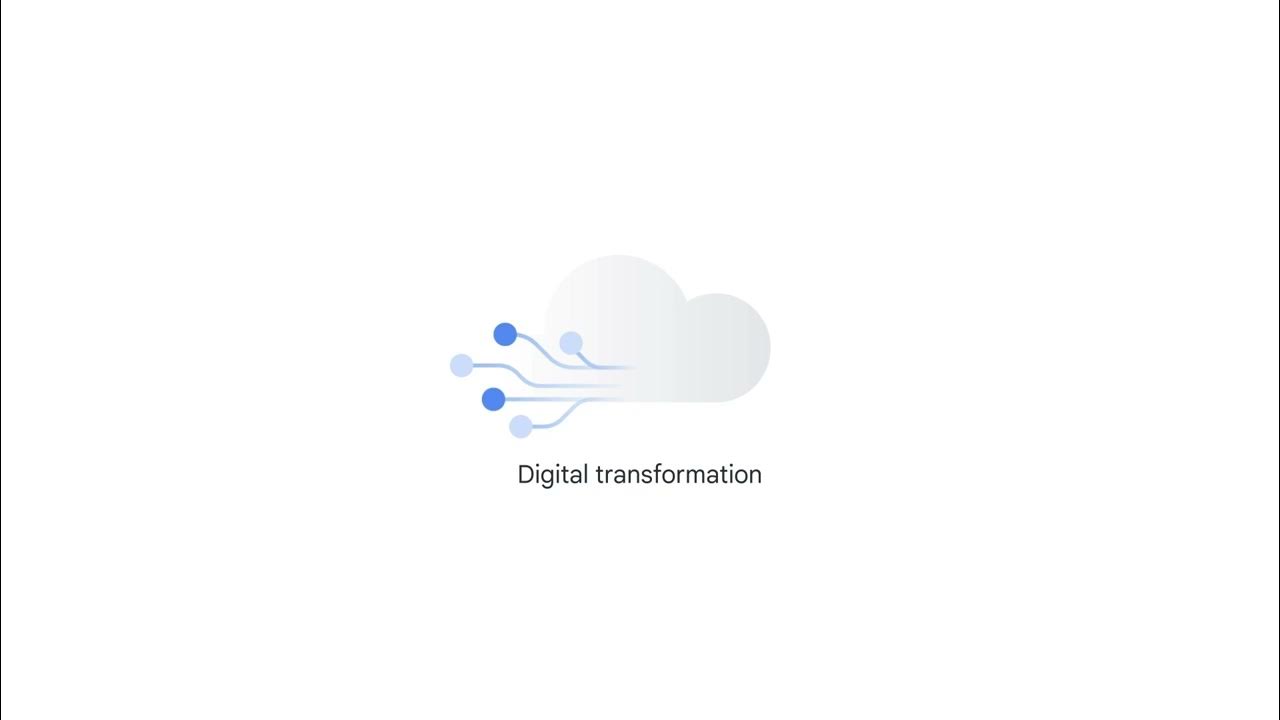หลักสูตร Digital Transformation : EP 1
Summary
TLDRThis course focuses on helping businesses adapt to digital transformation in the face of disruptive technologies. It covers essential topics like emerging technology trends, cyber security, and creating new customer experiences. With a focus on leadership and digital readiness, the course is designed for executives and managers aiming to steer their organizations through the challenges of the digital age. By the end, participants will gain a strategic understanding of how to implement digital solutions for sustainable growth and maintain a competitive edge in an increasingly tech-driven world.
Takeaways
- 😀 Digital transformation is essential for organizations to stay competitive in the age of disruption.
- 🔐 Cybersecurity preparedness is a critical aspect of digital transformation, protecting organizations from growing cyber threats.
- 💡 Emerging technologies, such as IoT, AI, and automation, are transforming business models and customer experiences.
- 🌐 The world is moving towards a more connected, smart environment, requiring organizations to adapt their operations accordingly.
- 📈 Digital technologies can significantly increase productivity and efficiency within businesses, enabling growth and sustainability.
- 🛡️ Organizations must prioritize cybersecurity to protect against cyber-attacks, which are increasingly impactful in the digital age.
- 🤖 Robotics and automation are expected to replace over 50% of human jobs in the near future, impacting industries like manufacturing and transportation.
- 💡 Real-world applications of digital technologies, such as smart healthcare solutions and holograms in retail, are already improving business operations.
- 🌍 The shift towards the 'next normal' is a driving force behind digital transformation, where organizations must continuously innovate and adapt.
- 📊 Businesses need to assess their digital readiness using tools like Digital Mastery Assessment to identify gaps and enhance capabilities.
Q & A
What is the main objective of the digital transformation course described in the script?
-The course aims to help organizations adapt to technological disruption, integrate appropriate technologies into their business models, and ensure cybersecurity while transforming business processes and strategies.
Who is the target audience for this course?
-The course is intended for business executives, digital transformation leaders, strategy planners, and anyone interested in digital innovation.
What are the three main episodes of the course?
-The three main episodes are: 1) Disruptive Technology Trends and Analysis, 2) Digital Vision Formulation, and 3) Cybersecurity in Digital Disruption.
Why is it important for businesses to understand disruptive technology trends?
-Understanding disruptive technology trends is crucial for businesses to remain competitive and adapt to new technologies that can improve productivity, customer experience, and business operations.
What role do emerging technologies like IoT, automation, and AI play in business transformation?
-Emerging technologies like IoT, automation, and AI are reshaping industries by enhancing productivity, enabling smart decision-making, and improving customer experiences. These technologies are essential for businesses to stay competitive and evolve in the digital age.
How does the course address the issue of cybersecurity?
-The course emphasizes the importance of cybersecurity in the digital transformation process, focusing on safeguarding organizations against cyberattacks and developing strong security strategies to protect business assets and data.
What is the Digital Mastery Assessment, and how does it help organizations?
-The Digital Mastery Assessment is a tool that helps organizations evaluate their readiness for digital transformation by measuring their digital capabilities and leadership. It identifies gaps and helps guide the development of a tailored digital strategy.
What is the significance of creating a digital vision for an organization?
-Creating a digital vision helps align technological initiatives with business goals, guiding the organization in its digital transformation journey. It ensures that all digital strategies are focused on achieving long-term business success and addressing future challenges.
How can businesses leverage emerging technologies to enhance customer experience?
-Businesses can use emerging technologies like AR/VR and IoT to create innovative customer experiences, such as interactive services or smart products, which improve engagement and satisfaction, and ultimately drive business growth.
What changes should businesses expect in the 'Next Normal' era of digital transformation?
-In the 'Next Normal' era, businesses should expect accelerated adoption of digital technologies, with a greater reliance on automation, robotics, and advanced AI to enhance productivity, improve customer experience, and streamline operations.
Outlines

Esta sección está disponible solo para usuarios con suscripción. Por favor, mejora tu plan para acceder a esta parte.
Mejorar ahoraMindmap

Esta sección está disponible solo para usuarios con suscripción. Por favor, mejora tu plan para acceder a esta parte.
Mejorar ahoraKeywords

Esta sección está disponible solo para usuarios con suscripción. Por favor, mejora tu plan para acceder a esta parte.
Mejorar ahoraHighlights

Esta sección está disponible solo para usuarios con suscripción. Por favor, mejora tu plan para acceder a esta parte.
Mejorar ahoraTranscripts

Esta sección está disponible solo para usuarios con suscripción. Por favor, mejora tu plan para acceder a esta parte.
Mejorar ahora5.0 / 5 (0 votes)






